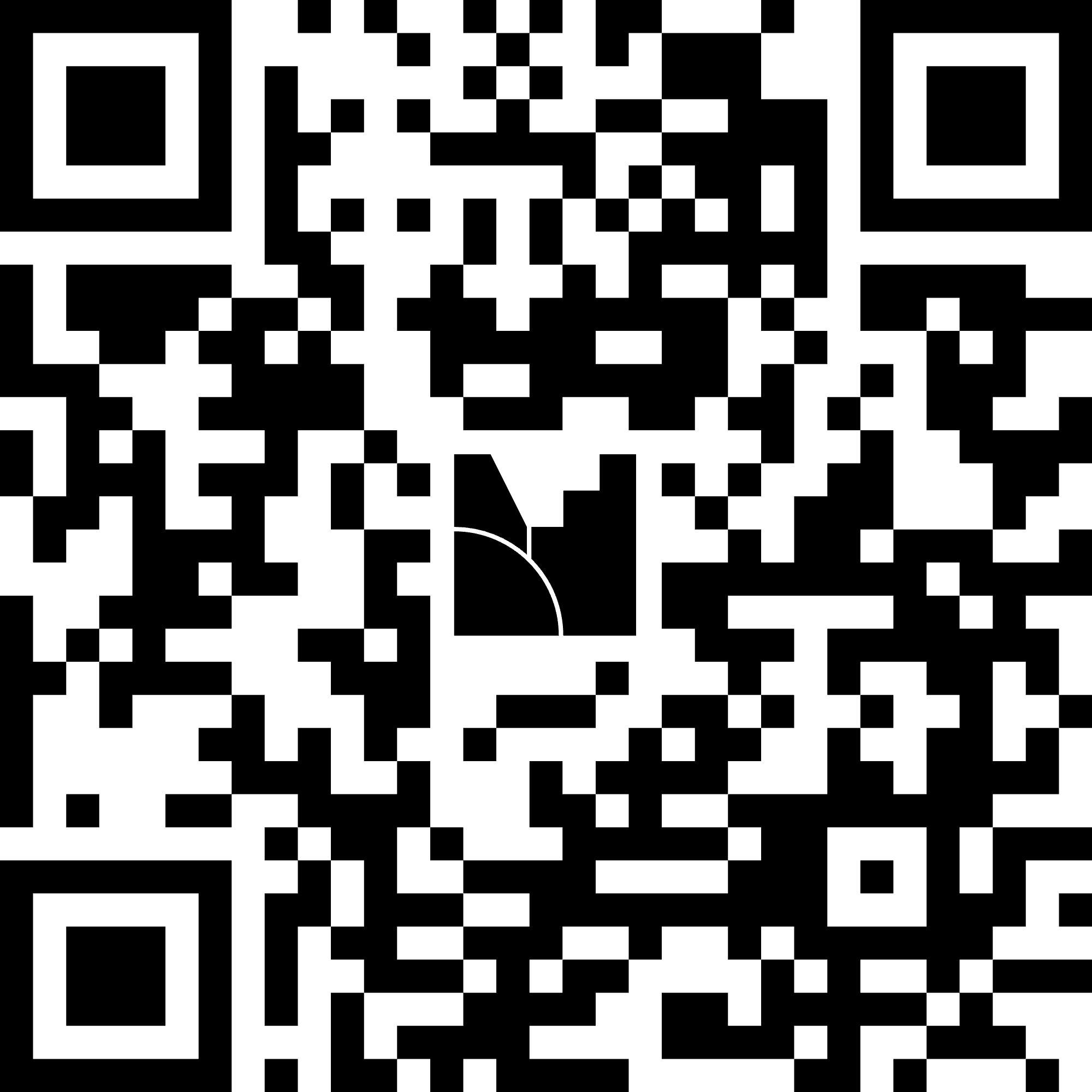GBIF hosted portals
Context
|
Participant nodes play an essential role in promoting the use of biodiversity data mobilized by the GBIF network. To further support their engagement across national, institutional, regional and thematic levels, the GBIF Secretariat has developed a fully hosted service that provides simple, customizable biodiversity data portals to GBIF Participant nodes and their partners. In addition to nodes using hosted portals as their own national or network portals, nodes can offer hosted portals as a service to data publishers in their networks. Each hosted portal is a simple website hosted and maintained on the GBIF infrastructure. The programme complements other tools available through the network by lowering the technical threshold for maintaining a branded web presence displaying a targeted subset of the data and information already available through GBIF.org. |
Learning objectives
|
After completing this module, you should be able to perform the following:
|
Trainers
|
The following trainers have developed the content for this topic: Anabela Plos, Node Manager, Argentina Carole Sinou, Node Manager, Canadensys Secretariat consultants: Mélianie Raymond and Morten Høfft |
Preparation
|
Complete the following activities to prepare for the onsite sessions:
|
Discover GBIF Hosted Portals
Introduction to the GBIF hosted portals programme
|
This presentation will introduce you to GBIF hosted portals. You’ll learn about the history of the programme and how portals can be used as a tool to engage communities. Additionally, you’ll learn about the technologies upon which the portals are built.
|
CESP Project Resource
|
This best practice guide is an outcome of GBIF CESP PROJECT 2023-010. |
Portal scavenger hunt
|
During this activity, you will explore different hosted portals to discover various layouts, widgets, and ways to connect to the community. Search for specific information in occurrence, collection, dataset widgets, and in specific pages. Answers may be found in the various hosted portals in production. We will use Mentimeter to capture your team answers and share them back with all the participants. Work in teams of two to three within your larger groups. There will be prizes! Enter the answers in your browser or on your phone using the QR code. 
|
Hands-on activities for hosted portals
Group 1
Report to Classroom H-404.
|
The Group 1 participants will complete a storyboarding activity to conceptually design a hosted portal based on an example use case.
Instructions
|
Group 2
Report to Classroom H-205.
|
The Group 2 participants will begin to build out their new portals. The main objectives are to create a homepage, a navigation page, a static page, and set the scope for the data section. Tasks A simple prose page
Customize the homepage with various blocks This is typically done for a few special pages like the home page and perhaps a few other landing pages.
Customize the widgets Advanced and typically only done once. The Secretariat can help with this, but it is nice to know where it exists and roughly how it works.
|